SEO for doctors
Everything you always wanted to know to get your medical practice to the top of Google
Everything you always wanted to know to get your medical practice to the top of Google

Els Van de Veire
December 28, 2021
#1 Check your medical website’s speed
Impact website speed on SEO for doctors
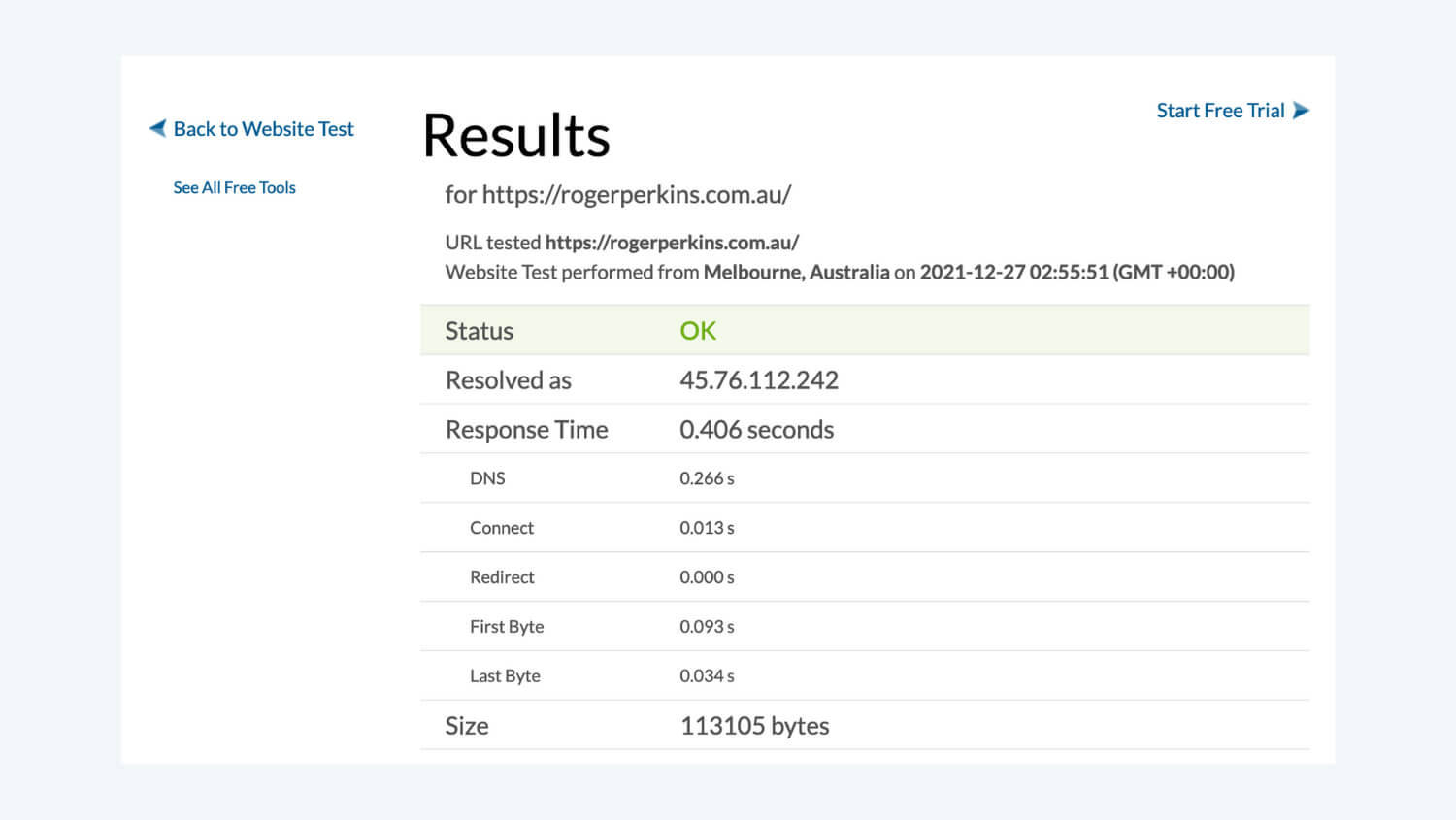
- The hosting package and location you have chosen, for example, your medical practice could be located in Australia, and your hosting provider might be in the United States or in Europe.
- Unnecessary coding that can be removed to speed up your medical website.
- Large image files; bear in mind that images should always be optimised. It means that they are compressed into a file size that loads fast. Now this needs to be done for all screen sizes. As you can imagine, this is a time-consuming job and not very rewarding for the web developer. It is typical behind-the-scenes work that you won’t notice unless you read this article and start investigating why your website is loading slowly. We have published an in-depth article about ‘images for SEO’ and I vividly recommend that you check it out.
#2 Make sure your website is mobile-friendly
Responsive design important for SEO
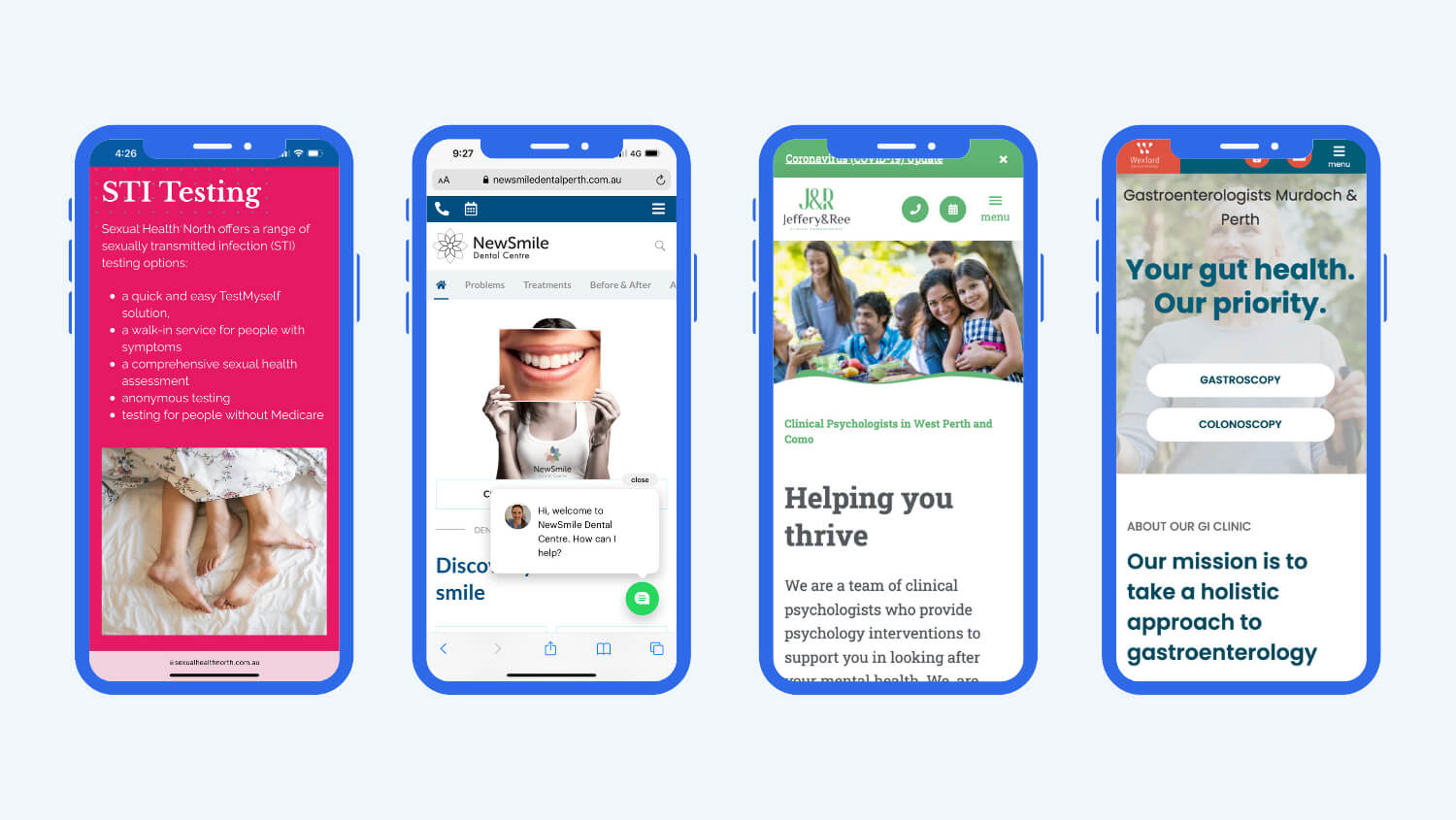
As a digital agency specialising in SEO for doctors, we always ensure that all our client websites look great on mobile too.
Recent research shows that as of October 2021 there were 4.88 billion internet users worldwide and 90.9% accessed the internet via mobile devices, at least some of the time. Roughly two-thirds of internet users in the world’s larger economies use a desktop computer or laptop for at least some of their activities.
Absolutely. The average percentage of mobile users versus desktop/laptop for medical websites is:
- 60-70% of all patient traffic coming from mobiles
- 40-30% from desktop computers and laptops
Usually, your mobile website looks different compared to your desktop website. The images should be adapted, certain sections should be made mobile-friendly. If you want to be sure, simply use Google’s free mobile-friendly checking tool.
#3 Create a Google Business profile
Google Business for doctors and optimal local SEO
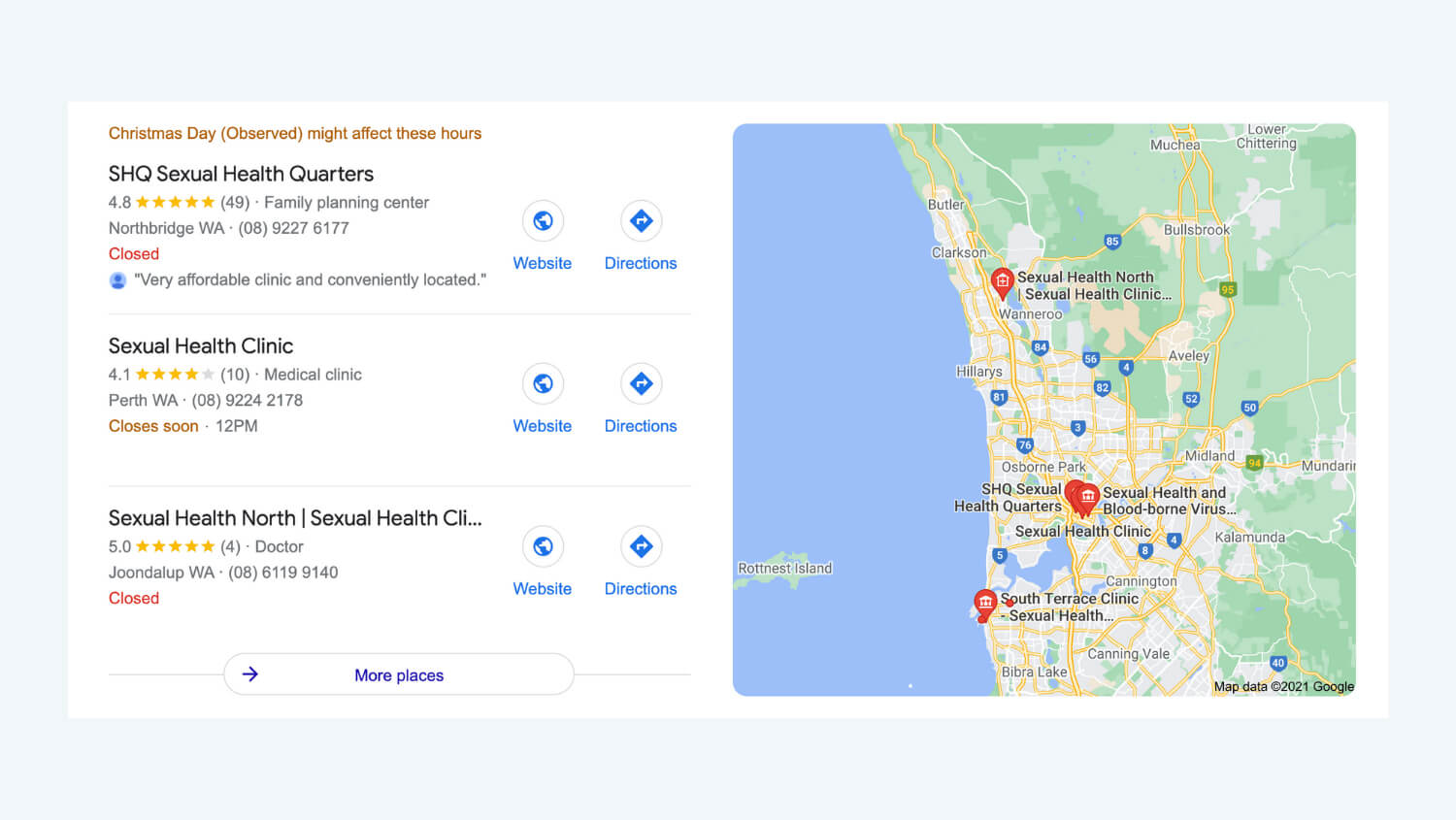
This is a no-brainer. As most medical practices are connected to one local area, local SEO is pivotal. Surely you have seen the maps appearing at the top of your search result when you do a Google search. In order to appear there, you need a Google Business profile.
To create a Google Business profile, go to https://www.google.com/business/ and follow the prompts. Do not use your personal Gmail account to create this profile; rather use a dedicated Gmail account that you can share with third parties in case you need assistance.
Yes, Google Business is free.
The benefits definitely outweigh the risks. The only risk I can see for some doctors is the potential negative review. People can leave reviews on your profile, and you will always get the odd negative one. As long as you keep the balance under control, there’s no harm. But if patients only leave negative reviews, it’s time to work on your online reputation management. Deleting your Google Business profile would obviously classify as a burying-your-head-in-the-sand type of strategy that we don’t endorse.
Usually, there are only 3 businesses showing up in the local (map) results. If you work in a competitive market, you may wonder how you can increase your chances of showing up there. Here are a few tips:
- Make sure your information is complete and up-to-date.
- Check if your details are consistent with the ones on your website (is the address the same? Phone number? Fax number?)
- Have you chosen the correct primary category to list your business under?
- Have you added images?
- Have you used your target keywords in the description? If you want to be found for rotator cuff repair and ACL reconstruction, it’s important to add these words in the description.
- How many (positive) reviews do you have compared to your local competitors?
- How long have you been in business? If you are just starting out and your competitors have been around for years (including their Business profile), it will take a while to become visible.
As a medical marketing agency, Digital Practice often writes about the importance of Google Business for doctors. We have recently published an article about the importance of updating your special hours or holiday hours here in our online Grow! magazine.
#4 Publish high-quality content regularly
Medical content marketing services to optimise SEO

When we discuss SEO for doctors, it is really all about content. Why do patients google? They are hoping to find answers.
The search intent may be transactional. For example “GP near me”. The intent may be informational, for example, “remove gastric band” or “endometriosis Melbourne”. Or it may be commercial: “gastric sleeve cost” or “fertility specialist Brisbane”.
Either way, patients are looking for answers. So the content on your medical website should be useful and respond to various search intents. If patients can’t find the information they are searching for, they will obviously leave your website and go somewhere else.
There are great tools for this and Answer The Public gives a couple of free options. Medical digital agencies such as Digital Practice use professional accounts or similar paid tools to get access to detailed and advanced data. This is one aspect of what we call patient search behaviour data, or keyword research.
Check out our Grow! Magazine targeted at marketing for doctors, and bookmark our SEO and Content Marketing articles. Another great resource is Search Engine Journal but that website is not dedicated to medical marketing.
Triple yes! You need a great foundation first. This means that your medical website should answer the most common questions that patients have. By now you will understand that this is more than “are you open on Saturdays?” or “how can I contact you?”. Most likely, patients search for information in the early stages of the journey (for example “fibroids + location”) before showing an interest in logistics, which of course matter as well.. Once you have your foundation, you should set up a blog for more in-depth topics. If you are unsure what to blog about, check out our blog tips for doctors.
#5 Get quality backlinks from your social media profiles or third parties
High-quality backlinks to reinforce your content marketing efforts
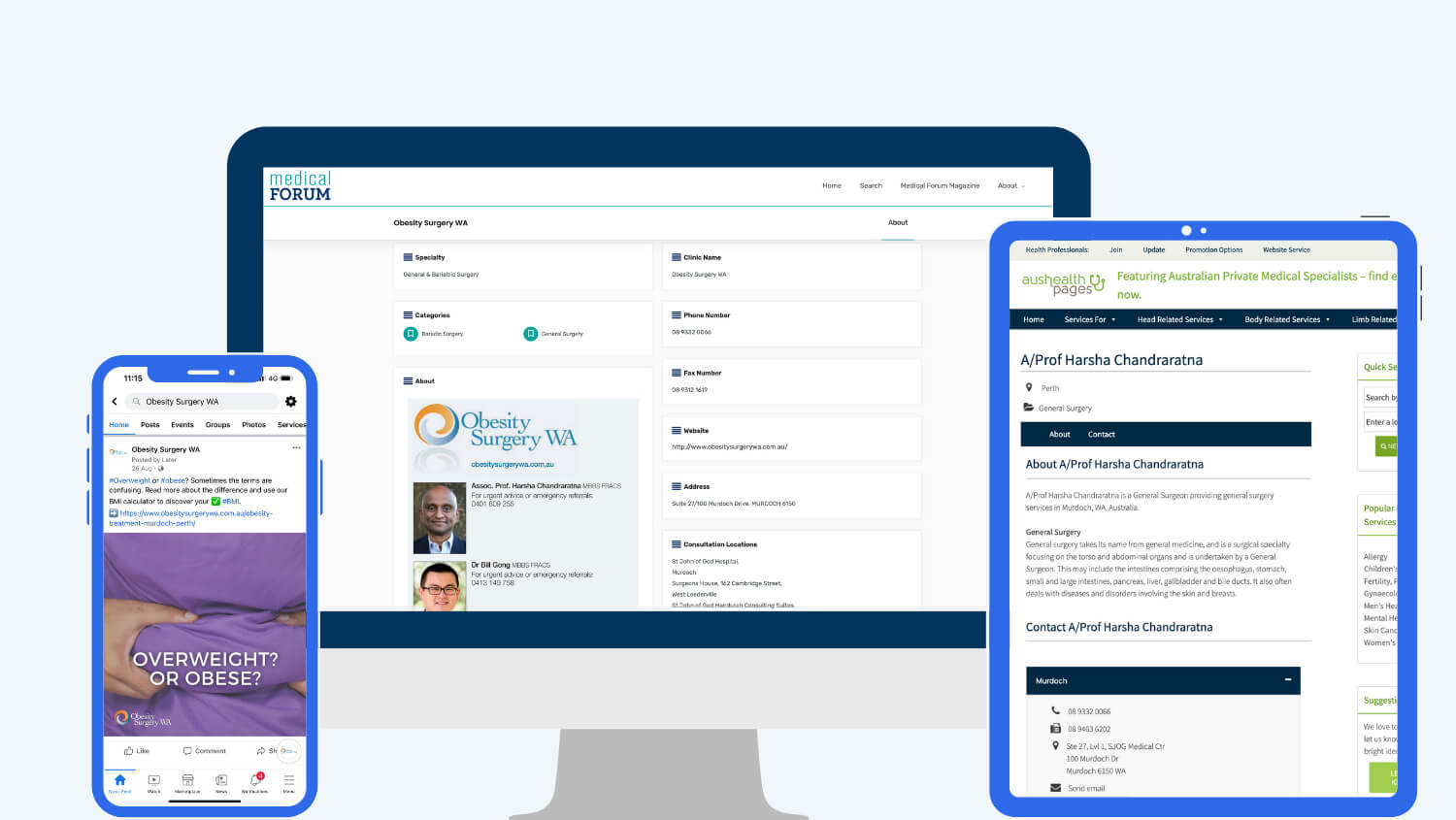
Social media is not the Holy Grail when it comes to SEO for doctors. However, it is a great way to create backlinks to your website’s content. The social media domains are High-Authority Domains, in other words, they are not just a domain, in the eyes of Google they are reliable domains.
Backlinks from newspapers are great too and have a high Domain Authority. Let’s admit, getting coverage in the local newspaper could involve hard work but it is possible.
Other great backlink websites are medical directories and medical organisations.
Imagine you are Google and your job is to rank websites (Ok, I’m simplifying things here, but you get the picture). You want to make sure that your first results are legit and that they reflect the patient’s search intent. In other words; if someone searches for shoulder surgery, they are not presented with a page on meniscus repair, or worse, stomach surgery (in the first example at least we were still talking orthopaedics). Content, by far, is the main ranking factor to get your SEO right. You can imagine that it helps Google if someone else confirms that you are a shoulder surgeon. So if the local newspaper or a medical directory validates this by linking to your website, it makes sense that Google will rank your website higher than your competitor’s who does not have these high quality, reputable backlinks.
My opinion has changed over the years, as has Google’s on this topic. My answer today is ‘it depends’. If your agency actively sources journalists to write about your services and the content links back to your medical website, then that is money well-spent. If your agency creates social media posts for doctors with informational content linking back to your website, yes, that is money well-spent too. If your agency lists your website with several directories, yes, go ahead. In all other cases: stay away from this type of backlinks!
#6 Increase traffic to your medical website
How to create more traffic to your medical website
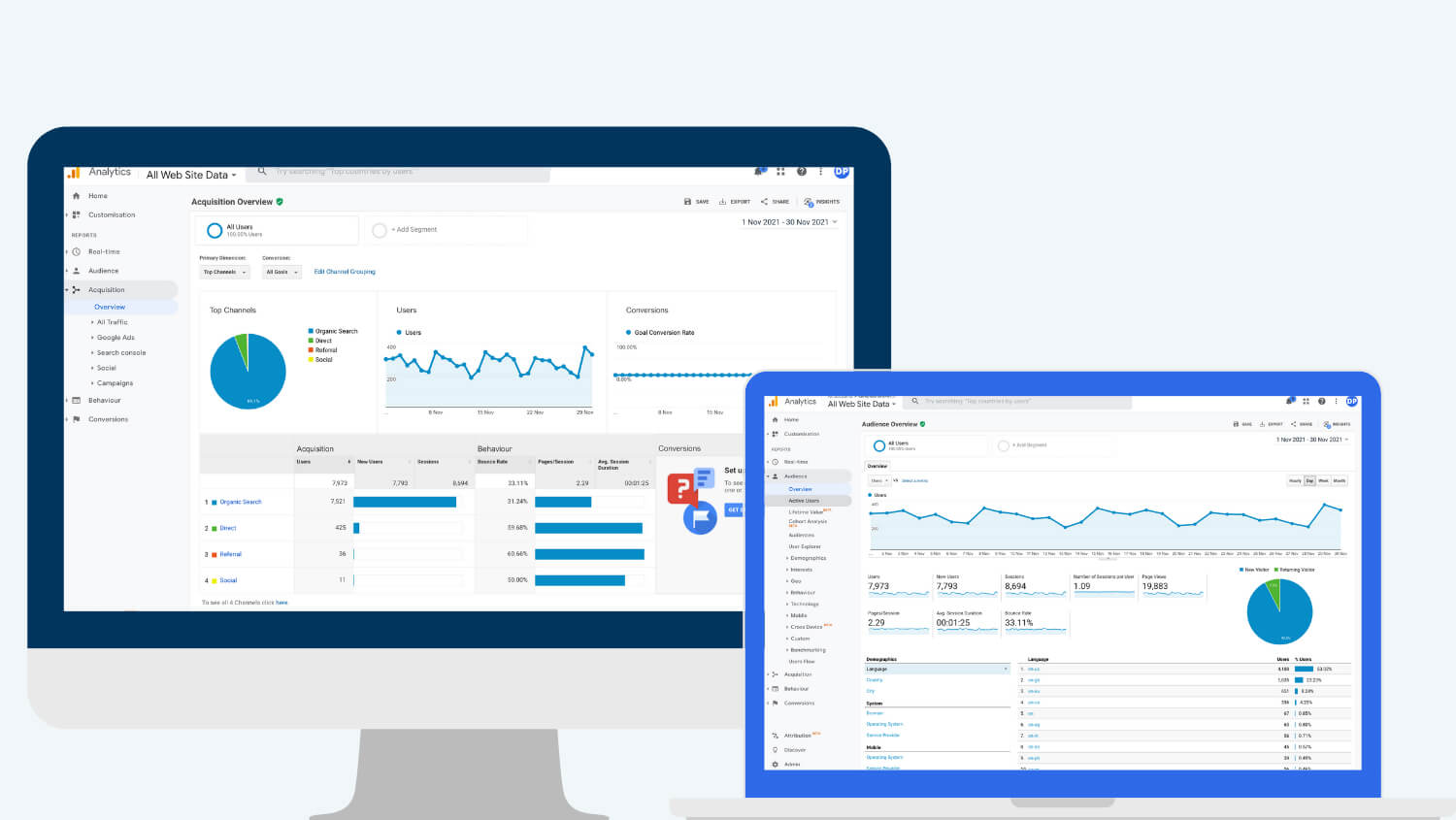
Google knows a lot about all of us, and they definitely know how popular your website is. This is why it matters how many monthly website visitors you have on average. Is that number similar to what your competitors are achieving? Lower – higher? When it comes to medical SEO, traffic is a ranking factor. To become really successful at this, you would use every possible channel to increase your traffic.
- Content marketing: make sure that you answer all your patients’ questions using medical content marketing as have summarised above.
- Social media marketing: generate extra traffic to your website by adding links to individual pages in your social media captions and always add your URL in your bio or profile information.
- Off-line marketing: promote your website and social media profiles in your waiting room. Since people are waiting, they might have some extra time on their hands.
- Newsletters: send out newsletters to your patients and add links to your website and social media profiles.
- Text messages: in case you have set up text messaging to inform your patients about their appointments, add a link to your website’s contact page or to specific landing pages.
- Advertising: Google Ads and Facebook Ads are not free, but they drive new patients to your practice.
You would start by installing Google Analytics into the code of your website. This is typically done by your web developer before publishing your website, though you can install the code at any time. Bear in mind that you start tracking from the moment you have installed Google Analytics. Once the code is there, you log into your account, to access data about your monthly/weekly/daily average website visitors, including how they found you (via organic search, ads, social, or direct traffic). As a medical marketing agency, Digital Practice adds Google Analytics to any website we build.
I’m sure that if you consider newsletters, we are not talking about sending daily messages, not even weekly newsletters. So let’s say patients read your updates on a fortnightly or monthly basis. And yet, you still wonder if that could be seen as too intrusive. I believe it’s not if you are in a position to add value. It all boils down to content and to having a clear content strategy. If you are a GP and the flu season is about to start, it could be great timing to let patients know about the flu shots you are offering. Would patients feel annoyed when reading that? Most people will be grateful for the reminder. So with valuable and useful content, I don’t see any reason to refrain from using newsletters as a marketing technique.
Check out the practice management software that your practice is currently using and find out if list-building and newsletters are included. If not, check out Paubox, which is HIPAA compliant.
Ready to take the first step?
get help with medical SEO
Doctors love the concept of our obligation-free strategy sessions via Zoom. We talk about your specific objectives and explore the strategic options. Depending on your specialty, your catchment area and your goals, we bring up live example strategies and discuss custom tactics that will help you become more visible so you attract more patients.





